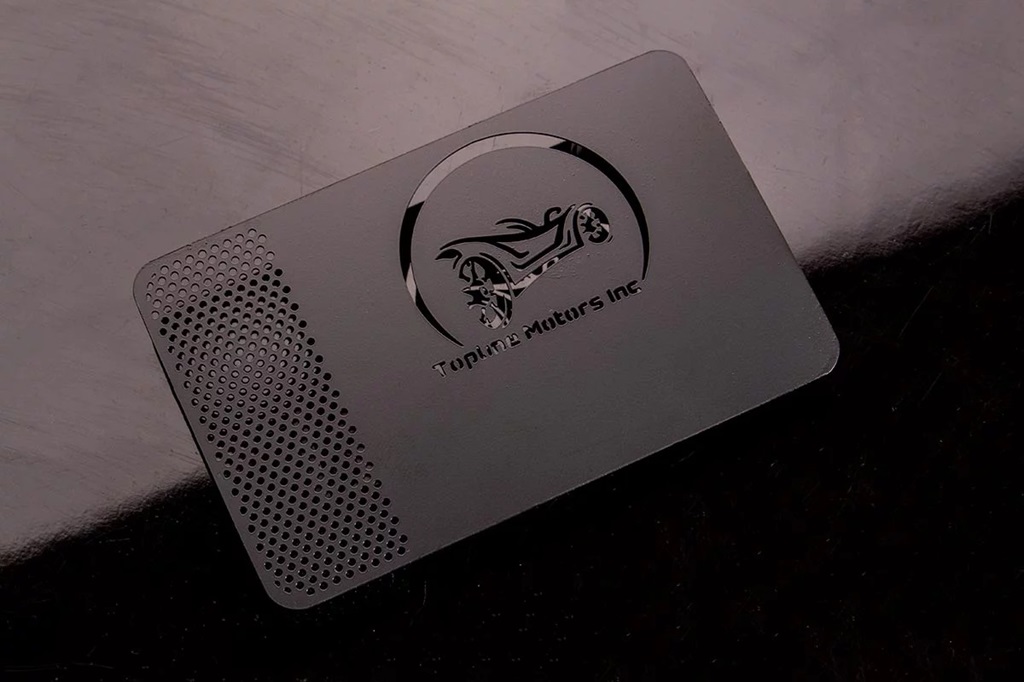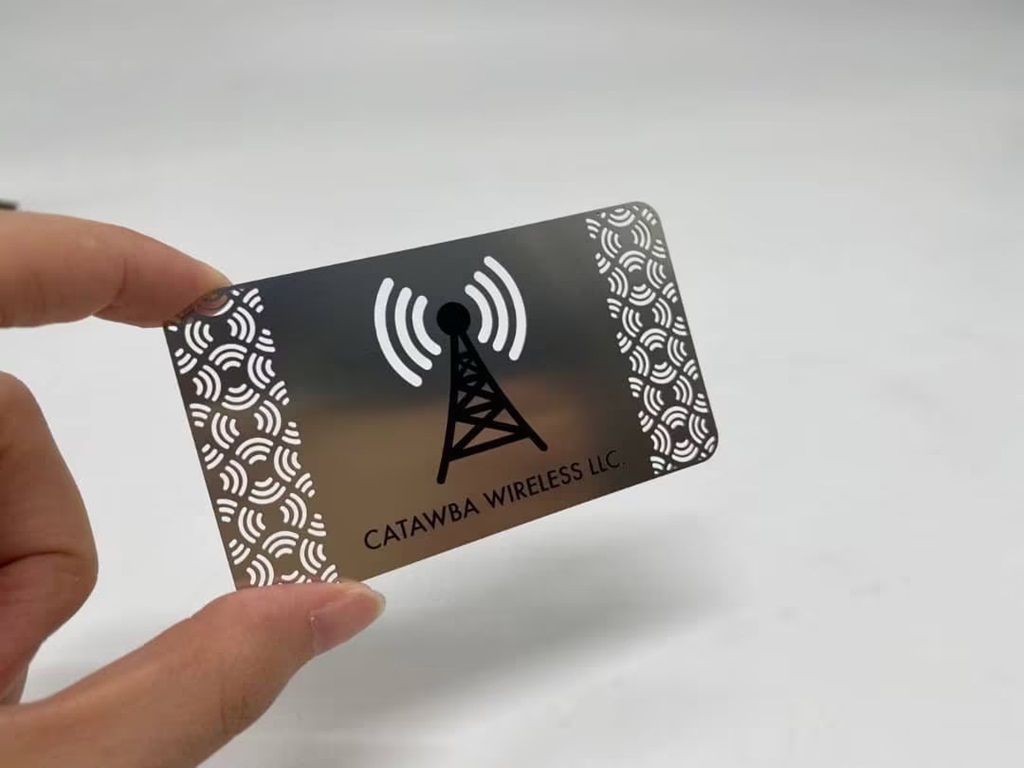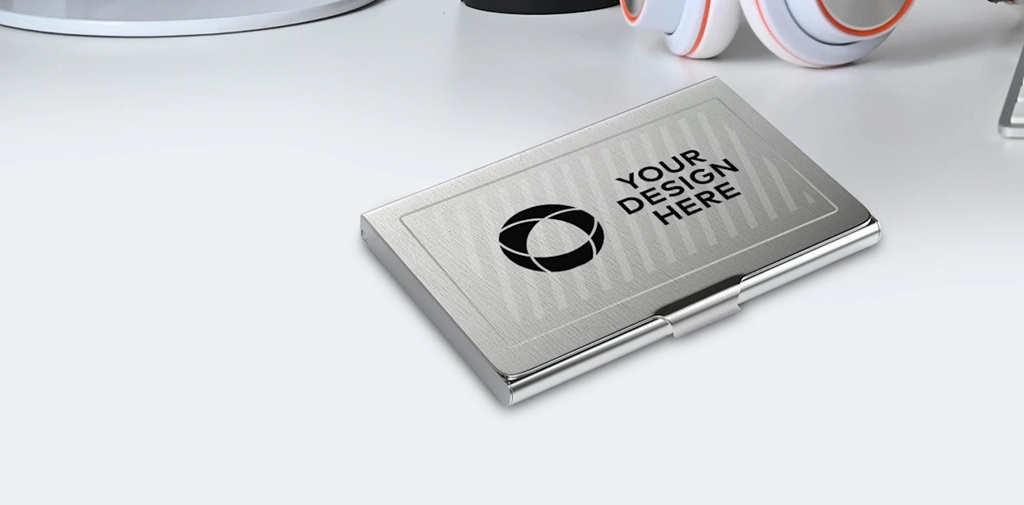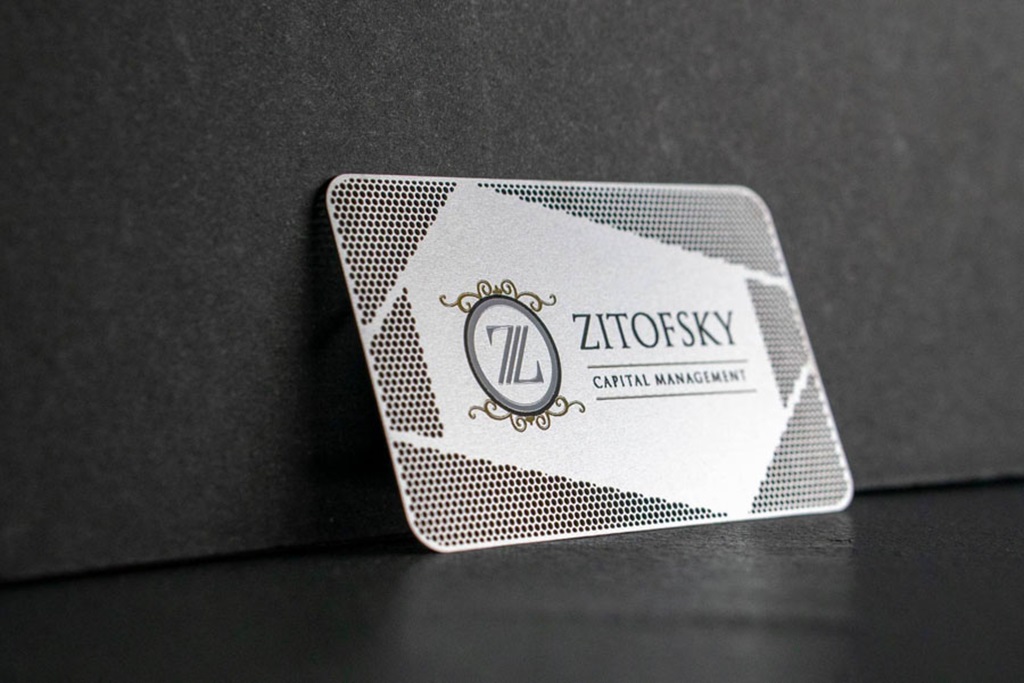
Are Metal Business Cards Good for Safety?
Metal business cards have become increasingly popular in recent years. The high-quality feel and elegant, polished look of metal cards make them stand out compared to standard paper business cards. But one question that often arises is whether metal cards are safe to carry around and hand out. In this comprehensive guide, we’ll explore the safety factors to consider with metal business cards and help you decide if they are a good choice for your personal and business needs.
The Sharp Edge Factor
One of the first safety concerns with metal cards is that they potentially have sharper edges than paper cards. Paper business cards typically have rounded corners and edges. But metal cards can be laser-cut to have 90-degree angle corners and edges. This sleek look is part of the appeal. But it also means the edges and corners are more rigid and prone to being poked or scraped against your skin or belongings.
However, high-quality metal card manufacturers take precautions to dull and smooth the card edges. The laser cutting and tumbling process round the edges so they are not razor sharp. But there is still a higher potential to get scraped compared to softer paper cards.
If you run your fingers along the edge of a metal card, it should have a smooth, rolled edge. The corners may remain slightly sharper than paper, but should not have an exposed cutting edge. Reputable metal card companies stand behind their safety measures and often have guarantees about maximum edge sharpness. So quality and manufacturing are key when it comes to the edge and corner shape.
The Right Metal Matters
The type of metal used for business cards also impacts the safety factor. Cards made from harder and denser metals like stainless steel pose more risk of abrasions than softer metals like copper or aluminum. Here is a breakdown of some common metal business card materials:
- Stainless Steel – Most durable and maintains its shine. But harder edges require extra smoothing.
- Aluminum – Lightweight and affordable option. Softer metal is easily rounded and smoother.
- Copper – Softer metal that’s naturally antimicrobial. Edges easily dulled during manufacturing.
- Brass – Classic look that develops a patina over time. Dense but softer edges than steel.
- Gold & Silver – Elite and opulent. Soft, pure metals with smooth surfaces.
So generally, the denser the metal, the more care is required to round the edges and corners properly. Brass, copper, silver, and gold are naturally soft and malleable metals. This makes it easier to tumble and polish the edges smoothly. But aluminum and stainless steel cards need extra attention to create a safe finish.
Gauge Matters Too
The thickness of the metal also impacts the safety of the card’s edges and rigidity. Metal business cards typically come in 16, 20, 22, or 24 gauge thicknesses:
- 16 gauge – The thickest and most durable. Prone to more rigid edges requiring extra rounding.
- 20 gauge – The standard thickness for most metal cards. Provides good durability with easier edge smoothing.
- 22 gauge – Thinner and more flexible. Edges can be rounded to a smooth finish more easily.
- 24 gauge – Very thin and pliable. The edges are naturally smooth and less rigid.
So if safety is your priority, choose a softer 22 or 24-gauge metal. The thinner material flexes more easily and has less rigid edges out of production. Copper, aluminum, and gold metals are also available in 22 and 24-gauge for optimal pliability.
Size Matters Too
The physical size of metal cards also impacts their safety profile. Most measure 2 x 3.5 inches, which is the standard business card size. However, some companies offer larger or smaller metal card sizes. Oversized 3 x 5-inch cards have more surface area and sharper corner points. Smaller 1.5 x 2.5-inch cards concentrate the weight and edges into a denser space.
For maximum safety, stick to the standard 2 x 3.5 inches size made from soft metal in 22 or 24 gauge. The edges and shape will be most easily rounded during manufacturing. And the weight and rigidity will be more distributed compared to oversized or mini card sizes.
Safely Store in a Case
Even with smooth edges, metal cards slide against each other in pockets and bags more than paper cards. This can still pose a safety risk of scratches and abrasions over time. So a metal card case is highly recommended for storage and transport:
- Leather Card Cases – Classic look that holds 1-4 cards securely. Leather protects and cushions cards.
- Aluminum Cases – Matching durable aluminum case. Holds 1-3 cards and keeps their shape.
- Carbon Fiber Cases – Slim yet strong case material. Fits 1-3 cards snugly.
Look for cases with elastic bands to grip each card individually. This prevents the cards from sliding and scratching against each other. And leather or carbon fiber cases have enough to cushion the cards as you carry them.
Proper Handling Guidelines
Even when safely encased, metal cards should be handled deliberately for optimal safety:
- Grasp cards carefully by the edges rather than the corners. This avoids poking fingers on sharp points.
- Hold cards in stack form rather than dangling or waving single cards. The weight can swing and cause cuts if held loosely.
- Set cards gently on flat surfaces rather than tossing or sliding. This reduces the chances of edge scratches and dings.
- Let recipients carefully take cards from your hand rather than flicking cards across a table. Sliding cards increases edge scuffs and cuts.
- Carry cases in secure pockets rather than loose purses or bags. This prevents inadvertent pokes and scratches from other items.
Following these simple handling guidelines helps minimize the risks of cuts and abrasions from the metal edges. Take your time and handle the cards gently according to common sense safety practices.
Check the Fine Print
Reputable metal card companies should guarantee the safety of their cards. Look for verbiage about “smooth rounded edges” and manufacturing standards for edge radius measurements. Many companies also back this up with warranties against cuts from standard handling.
Don’t assume all metal card companies follow the same safety protocols. Check for specific manufacturing guarantees and protection policies before ordering. Inspect the edges and corners thoroughly when cards arrive to ensure proper smoothing and rounding. Reject any cards that feel uncomfortably sharp and request replacements.
Weigh Your Priorities
At the end of the day, metal business cards require responsible handling and reasonable safety expectations. The smooth polished look comes with some inherent risks. So weigh your priorities and needs when deciding if metal cards are right for your situation.
If safety is your number one concern, metal may not be the best fit. Stick to softer and more flexible paper, plastic or wood card materials instead. But if you prioritize style and want something unique, metal can still be a good option with proper precautions.
No material is 100% safe when pressed against skin and objects. But with thoughtful material selection, gauge, size, storage, and handling, metal business cards can meet both style and safety needs.
Conclusion
Metal business cards can be a safe and stylish choice when selecting the optimal materials, thickness, size, and carrying case. Opt for malleable metals like copper or brass in 22 or 24-gauge thickness. Standard-size cards avoid oversized sharp corners. Proper storage cases like leather and aluminum protect the edges from scratches. With thoughtful handling and reasonable expectations, metal cards offer a unique look without compromising personal safety. They make a lasting impression on your brand and business.
Frequently Asked Questions
Are metal cards safer than plastic?
It depends on the type of metal versus plastic. Softer metals like copper and thin aluminum can be safer than harder plastics like PVC cards. But harsh ABS plastics have sharper edges than steel. Overall, smooth plastic edges versus smooth metal edges offer comparable safety.
Can you file down sharp edges on metal cards?
It’s not recommended to modify the edges yourself on metal cards. Filing exposes rough burs and particles that can further scratch skin and clothes. Let the professional manufacturers handle proper edge rounding. If cards arrive too sharp, return them for replacements.
How thick is a safe metal card gauge?
22 and 24-gauge metal cards offer the safest thickness for pliability and smoother edges. The thinner metal flexes easier and manufacturers can easily round the edges of 22/24 gauge cards. Overly thick 16 gauge cards tend to have much more rigid corners and sides.
Does corrosion impact the safety of metal cards?
Some metals like aluminum, brass, and copper oxidize and corrode over prolonged use. This can make the edges slightly rougher and more abrasive over time. Avoid oxidation by storing cards properly and replacing corroded cards. Stainless steel offers corrosion resistance for lasting safety.
Can you apply corner protectors to metal cards?
Yes, thin silicone or rubber covers are available to slip over metal card corners for protection. This cushions the corners against sharp pokes. But it’s best to not need them by choosing safer card thickness, materials, and storage cases that separate cards from directly contacting each other.


